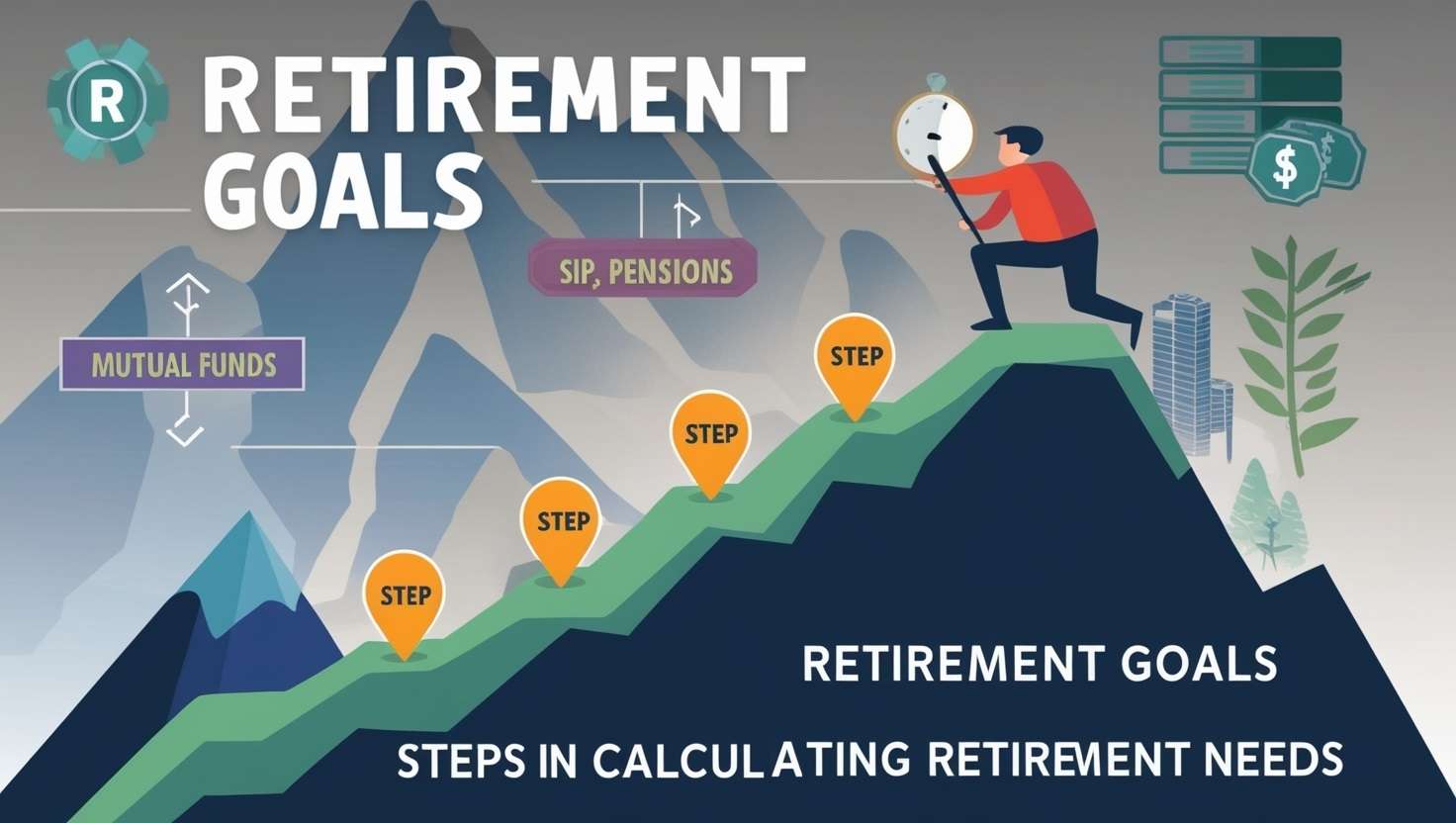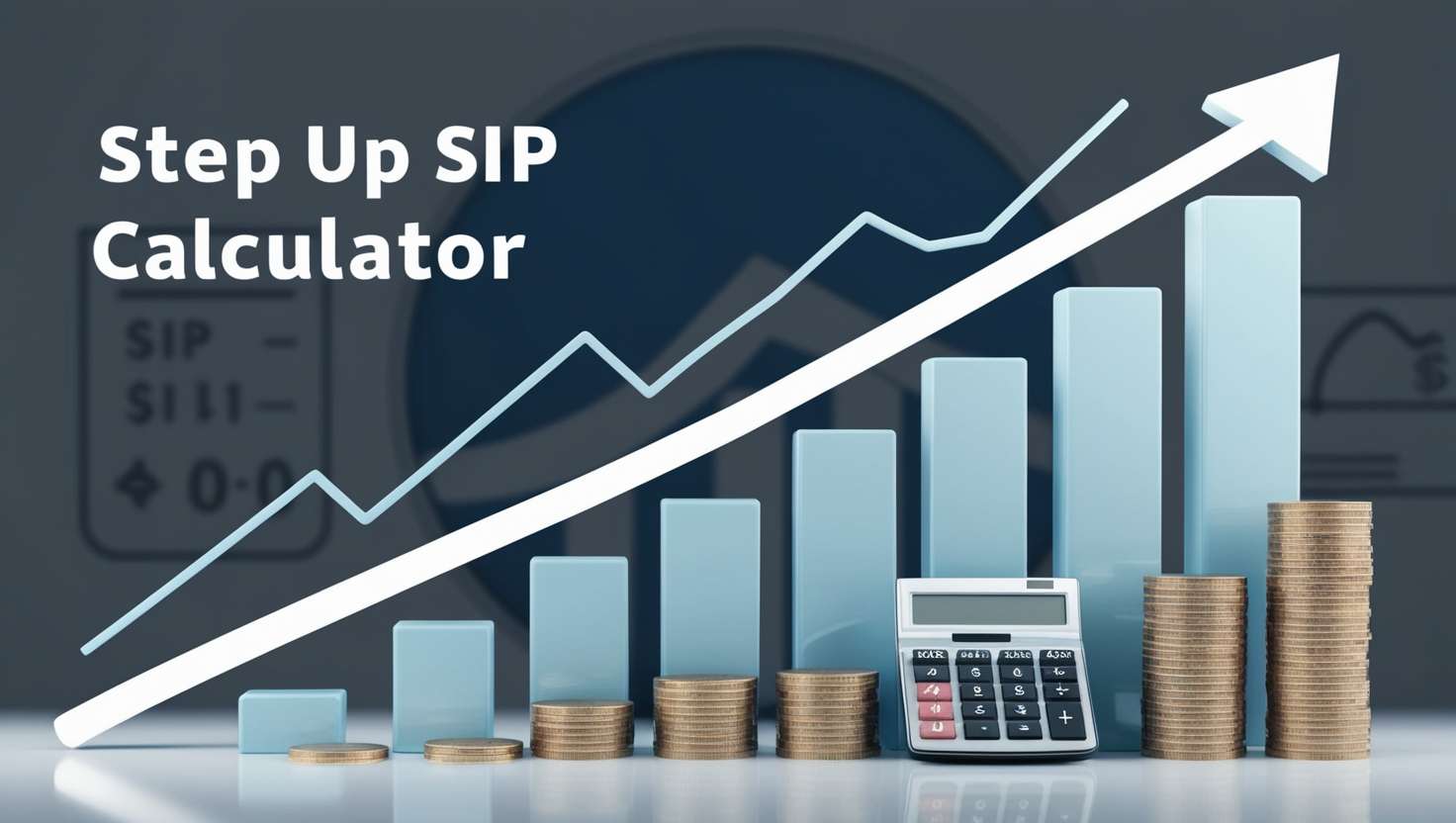
Introduction
In this article, I will explain how to calculate your retirement needs and why it is essential for your financial security. Retirement planning is a crucial aspect of personal finance, ensuring that you have enough resources to maintain your lifestyle after you stop working. Understanding how much you need to save and invest for retirement can be challenging, but with a clear strategy, you can achieve your retirement goals. Let’s delve into the steps involved in calculating your retirement needs and how to secure your financial future.
Why Calculating Retirement Needs is Important
Calculating your retirement needs is vital because it helps you determine how much money you will need to live comfortably during your retirement years. Without a clear understanding of this figure, you may either under-save, risking financial insecurity, or over-save, potentially compromising your current lifestyle. A well-calculated retirement plan provides peace of mind, knowing that your future is financially secure.
Factors to Consider When Calculating Retirement Needs
Several factors influence the amount of money you will need for retirement. These include:
1. Current Age and Expected Retirement Age
The number of years you have until retirement significantly impacts the amount you need to save. The earlier you start, the more time your investments have to grow.
2. Life Expectancy
Your life expectancy determines how long your retirement corpus needs to last. Longer life expectancy requires a larger retirement corpus to cover your expenses.
3. Current Lifestyle and Future Expectations
Consider your current lifestyle and how you expect it to change during retirement. Will you travel more, downsize your home, or take up new hobbies? These factors will influence your retirement needs.
4. Inflation
Inflation erodes the purchasing power of money over time. It’s crucial to factor in inflation when calculating your retirement needs to ensure your corpus maintains its value.
5. Medical Expenses
Healthcare costs tend to rise as you age. Including potential medical expenses in your retirement planning is essential to avoid financial strain in your later years.
Steps to Calculate Your Retirement Needs
Step 1: Estimate Your Annual Expenses in Retirement
Start by estimating your annual expenses during retirement. Consider housing, food, healthcare, travel, and any other lifestyle-related costs. This figure will serve as a baseline for your retirement corpus.
Step 2: Factor in Inflation
Account for inflation by adjusting your estimated annual expenses. A common approach is to use an average inflation rate of 5-6% per year. This ensures your retirement corpus maintains its purchasing power.
Step 3: Determine Your Retirement Duration
Estimate the number of years you expect to spend in retirement. This is typically calculated by subtracting your expected retirement age from your life expectancy. Multiply this duration by your inflation-adjusted annual expenses to get an initial estimate of your retirement corpus.
Step 4: Calculate the Required Corpus
To calculate your required retirement corpus, multiply your annual expenses by the number of years you expect to be in retirement. This will give you a rough estimate of the total amount you need to save.
Step 5: Account for Existing Savings and Investments
Consider your current savings, investments, and any pension plans or social security benefits. Subtract these from your required retirement corpus to determine the additional amount you need to save.
Step 6: Adjust for Investment Returns
Factor in the expected returns on your investments during retirement. A conservative estimate of 6-8% annual return can help you determine how much your corpus will grow over time, reducing the amount you need to save.
How to Achieve Your Retirement Corpus
Start Early with Systematic Investment Plans (SIPs)
One of the most effective ways to build your retirement corpus is by starting early with a Systematic Investment Plan (SIP). SIPs allow you to invest a fixed amount regularly in mutual funds, benefiting from the power of compounding over time.
Diversify Your Investments
Diversification is key to managing risk and optimizing returns. Consider a mix of equity, debt, and other investment options to balance growth and stability in your retirement portfolio.
Regularly Review and Rebalance Your Portfolio
As you approach retirement, it’s essential to review and rebalance your portfolio to ensure it aligns with your retirement goals. Shifting to more conservative investments as you near retirement can help protect your corpus from market volatility.
Common Mistakes to Avoid in Retirement Planning
1. Underestimating Expenses
One of the biggest mistakes in retirement planning is underestimating your post-retirement expenses. Ensure that you consider all potential costs, including healthcare and lifestyle changes.
2. Ignoring Inflation
Failing to account for inflation can lead to a shortfall in your retirement corpus. Always factor in inflation when calculating your retirement needs.
3. Delaying Retirement Planning
The earlier you start planning for retirement, the easier it is to achieve your goals. Delaying your retirement planning can result in higher monthly savings requirements and increased financial stress.
Case Study: Mr. Verma’s Retirement Planning Success
Mr. Verma, a 45-year-old professional, started planning for his retirement 10 years ago. He estimated his retirement needs, considering factors like inflation and healthcare costs. By investing in a mix of equity and debt mutual funds through SIPs, Mr. Verma was able to build a substantial retirement corpus. Today, he is confident that his retirement years will be financially secure, thanks to his early and disciplined approach to retirement planning.
Conclusion: Secure Your Future by Calculating Your Retirement Needs
In conclusion, knowing how to calculate your retirement needs is crucial for ensuring a financially secure retirement. The keyword “how to calculate your retirement needs” is central to understanding the process and taking the necessary steps to achieve your retirement goals. By considering factors like inflation, life expectancy, and lifestyle changes, and by starting early, you can build a retirement corpus that meets your needs. Regularly review and adjust your plan to stay on track, and you’ll be well-prepared for a comfortable retirement.
FAQs
- What factors should I consider when calculating my retirement needs?
- Consider your current age, expected retirement age, life expectancy, lifestyle, inflation, and medical expenses.
- How does inflation affect my retirement planning?
- Inflation reduces the purchasing power of money over time, so it’s important to account for it to ensure your retirement corpus maintains its value.
- What is the role of SIPs in retirement planning?
- SIPs allow you to invest regularly in mutual funds, benefiting from compounding and disciplined investing to build your retirement corpus. Read more…
- How often should I review my retirement plan?
- Regular reviews, at least annually, are recommended to ensure your investments align with your retirement goals.
- Is it better to start retirement planning early?
- Yes, starting early gives your investments more time to grow, reducing the amount you need to save each month.
- What are the common mistakes to avoid in retirement planning?
- Avoid underestimating expenses, ignoring inflation, and delaying your retirement planning.
- How can I ensure my retirement corpus lasts through my retirement years?
- Plan for a longer retirement duration, account for inflation, and consider conservative investments as you approach retirement.
- Can I adjust my retirement plan if my goals change?
- Yes, regularly review and adjust your plan to accommodate changes in your goals or circumstances.
- What investment options are suitable for retirement planning?
- A mix of equity, debt, and other diversified investments is recommended for balancing risk and return.
- How do I calculate the required retirement corpus?
- Estimate your annual expenses, factor in inflation, determine retirement duration, and account for existing savings and investment returns.






